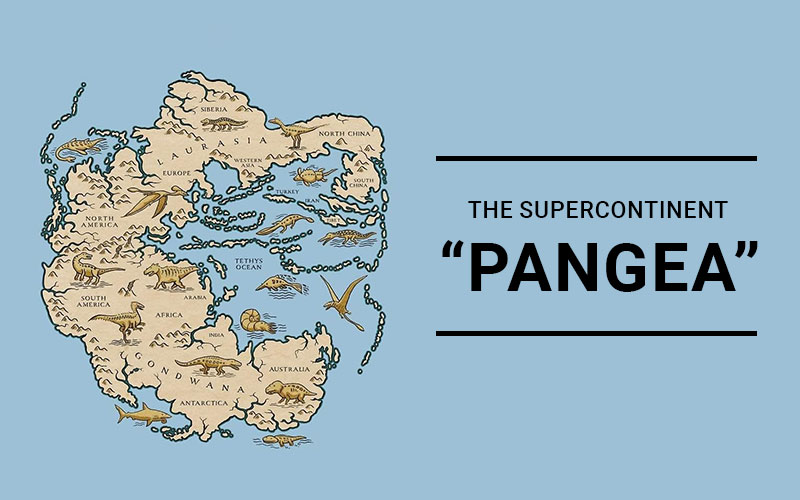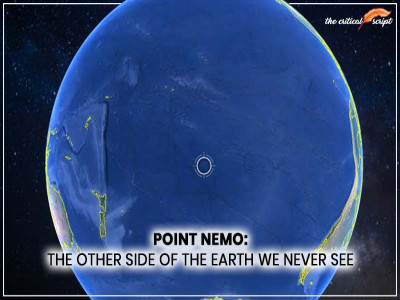
The Supercontinent "Pangea"
Pangaea, also spelled as "Pangea" was a supercontinent that existed during the late Paleozoic and early Mesozoic eras, approximately 335 to 175 million years ago. It was a vast landmass that brought together most of the Earth's continental landmasses into a single, giant landmass. The term "Pangaea" is derived from ancient Greek and means "all lands."
Pangaea's formation and subsequent breakup
are a part of the theory of plate tectonics. The idea was first proposed by
Alfred Wegener in the early 20th century, and it significantly contributed to
our understanding of the Earth's geological history. According to the theory,
Pangaea gradually began to break apart into smaller landmasses, which
eventually drifted to their current positions on the Earth's surface. This
process gave rise to the modern continents and the configuration of the world's
oceans and continents that we see today.
As Pangaea was coming together, forces
within the Earth's mantle caused a rift or a crack in the supercontinent. This
rift, known as the Tethys Sea, divided Pangaea into two major landmasses:
Laurasia in the north and Gondwana in the south.
Over millions of years, the forces of plate tectonics continued to act, causing further fragmentation. Laurasia eventually split into North America, Eurasia, and other land masses. Gondwana broke apart into South America, Africa, Antarctica, Australia, the Indian subcontinent, and other regions.
Rifting began as magma welled up through the weakness in the crust, creating a volcanic rift zone. Volcanic eruptions spewed ash and volcanic debris across the landscape as these severed continent-sized fragments of Pangea diverged. The gash between the spreading continents gradually grew to form a new ocean basin, the Atlantic. The rift zone known as the mid-Atlantic ridge continued to provide the raw volcanic materials for the expanding ocean basin.
One of the most significant events in Pangaea's breakup was the opening of the Atlantic Ocean. This process began around 200 million years ago during the Jurassic period. The North American and Eurasian plates, along with the South American and African plates, started moving away from each other, creating a gap that eventually filled with seawater.
The movement of the continents continued, driven by the convective currents in the Earth's mantle. As the Atlantic Ocean widened, other ocean basins and mountain ranges formed. The Indian subcontinent drifted northward and collided with the Asian plate, forming the Himalayan mountain range.
Over millions of years, the continents continued to drift to their current positions. The configuration of continents and oceans that we see today is a result of this ongoing process of plate tectonics.
It's important to note that the movement of tectonic plates and the breakup of Pangaea is an ongoing geological process. While we can observe the effects of this process today, it continues to shape the Earth's surface, and the continents are still slowly drifting.
Disclaimer: The opinions expressed in this article are those of the author's. They do not purport to reflect the opinions or views of The Critical Script or its editor.

Newsletter!!!
Subscribe to our weekly Newsletter and stay tuned.















Related Comments